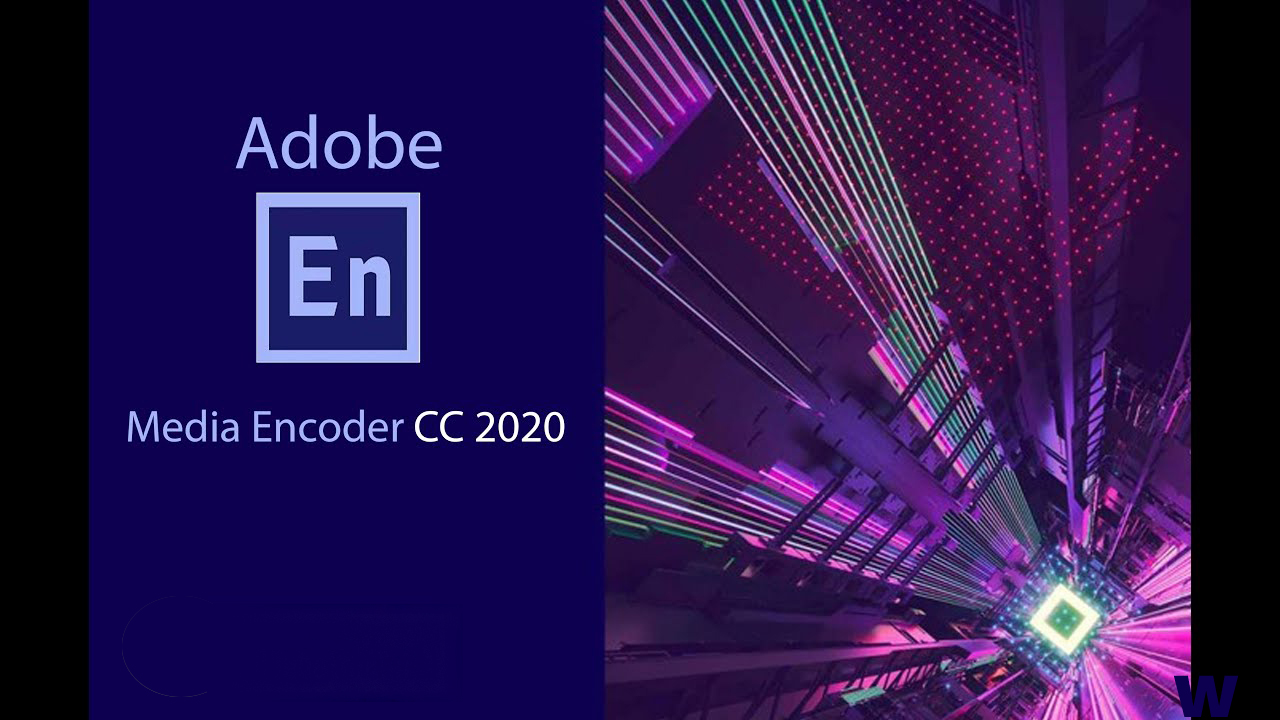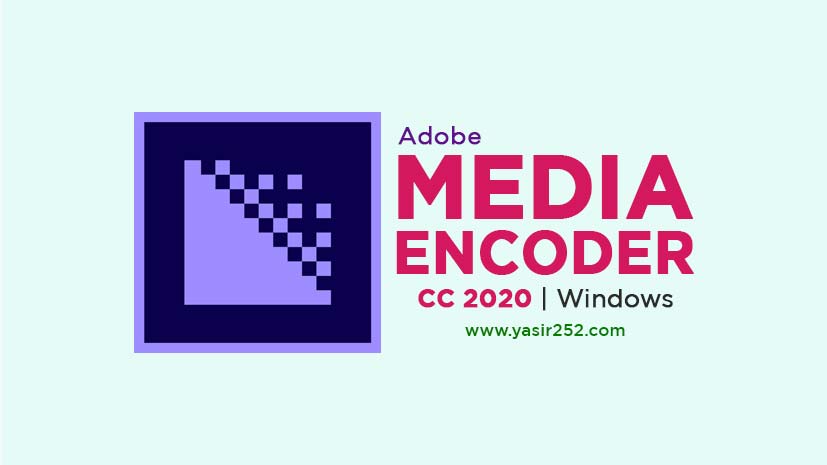

Here’s the same movie compressed using HEVC at half the bit rate – 1 mbps – and at the Good quality setting.


I didn’t see any artifacts, even though there was a lot of movement in the frame. Compressed file size: 3.6 MB (it’s only a 13-second file)Įssentially, this image looks the same as the original – given the fact they both started out as H.264 and the same frame size, that’s not surprising.Compression bit rate: 2 mbps variable 1-pass.

Here are the settings I used for the H.264 version: ( Footage courtesy: Amy Campion, Antics Performance – Here’s a still from the compressed H.264 version. Here’s our source file, a 0:13 handheld dance shot. Here, the smaller the file size, the better. However, the same file downloaded to a mobile device could totally fill the device’s storage. There is no single perfect answer, every movie is different.įor example, files downloaded to a computer can be quite large simply because of the vast storage that most computers have available. So, we are always looking to balance the best possible image quality with the lowest possible bit rate. However, the higher the bit rate, the larger the file size. The amount of movement between frames increases.The only real “lever” we have to control during compression is the bit rate, also called “data rate.” This is the number of bits per second that are allocated to playing back the file.Īssuming a source file with good image quality, the bit rate needs to increase as: There are six factors that determine image quality in any compressed file: The BIG benefit to using HEVC to compress (encode) your video is that it shrinks file sizes about 50% for the same image quality. So you can’t tell these two codecs apart using the file extension. (Sigh… QuickTime Player 7 was just SO useful!)Īlso, on a Mac, HEVC files have the same extension as H.264 files. And, no, Apple won’t be updating QuickTime Player 7. If you use QT 7 for media management you won’t be able to use HEVC. However, QuickTime Player 7 won’t open the file. However, not all applications that run in this environment will play HEVC.įor example, QuickTime Player X plays HEVC perfectly. HEVC is supported in macOS High Sierra (10.13). Compression speeds and final image quality may vary depending upon the exact technical configuration of the source file however that won’t change the process in general. NOTE: When I was looking for footage to test, I discovered that all my high-quality footage (ProRes, R3D, RAW) was shot on a tripod, while all my hand-held footage was H.264. This is not an in-depth rigorous test, but a look at some typical compression workflows with a look at the differences between the two codecs. NOTE: Here’s an article I wrote a few months ago that describes the HEVC codec in more detail. Now that both macOS (High Sierra release) and Adobe Media Encoder (2018 update) support the new HEVC codec, I thought I’d compare compressing video using H.264 to HEVC, which is often called “H.265.”


 0 kommentar(er)
0 kommentar(er)
